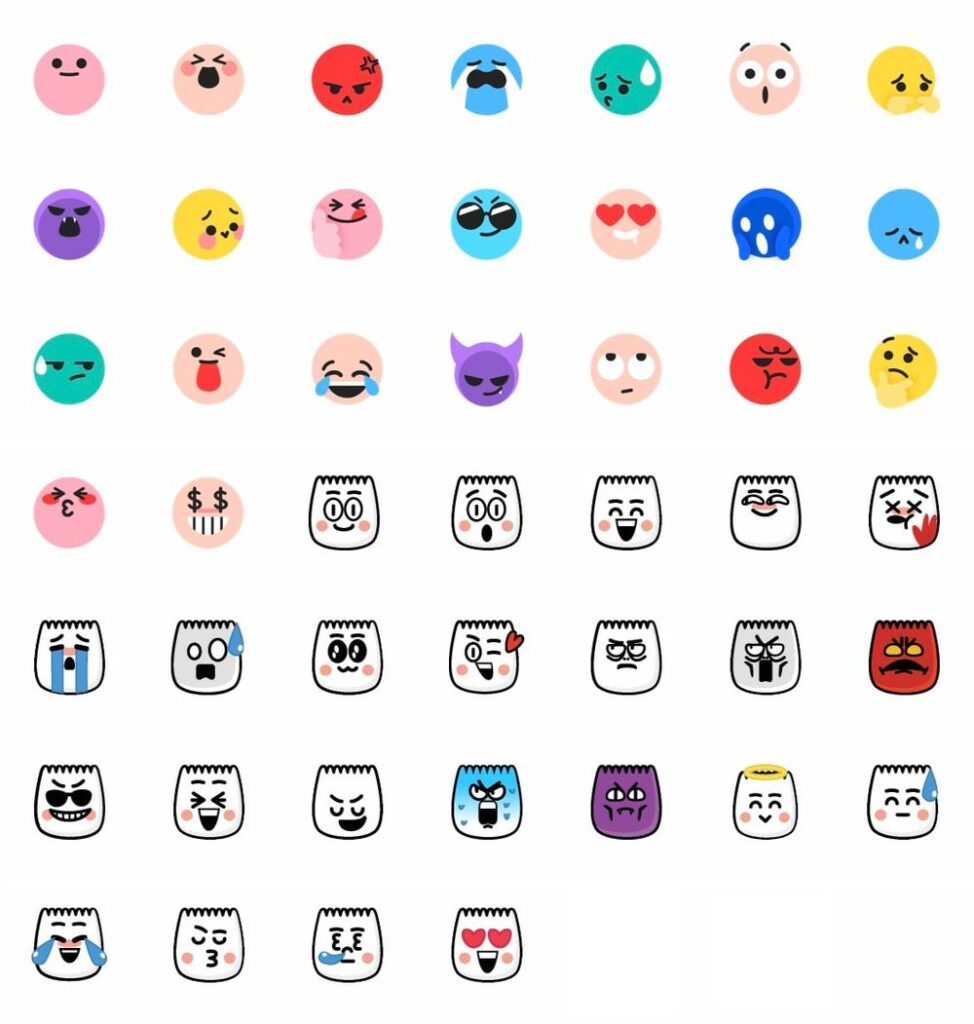


Now, if your English curriculum is made up of young adult novels, cereal boxes and analysing Love Island then I can see why you might think they may as well study emoji. People who make this argument tend to suggest that emojis should therefore replace something else that children are studying – probably something in the English curriculum. There are people writing academic papers about emoji so how dare I suggest that children be robbed of studying something so crucial and culturally important. The second line of argument is to claim that actually emoji are really interesting and, hey! They may even be a kinda language.
Anytalk emojis free#
Feel free to substitute the gimmick of your choice. It could just as easily be about using fidget spinners to teach medieval medicine or teaching quadratic equations through the medium of Pokemon Go. And if you want to suggest that the kids you teach just don’t get Dickens or can’t be bothered with Beowulf, just remember, ability is the consequence not the cause of what children learn.Īs far as this line of argument goes, emoji are irrelevant. Our job is not to trick kids into doing a bit of work because there’s some superficial froth that they might find distracting they deserve for us to make them fall in love with what we have to offer. They thrive on the arcane minutiae we’ve picked up over long years of study they love to hear the stories that lie beneath the curriculum and make our subjects worthy of their time and attention. Children deserve better than being fed a steady white bread diet of what they already know. Children might feel alarmed and intimidated by the unfamiliar but that just means that we need to bring the remoter, more abstract areas of the curriculum to life with our enthusiasm for what we teach. If you think young people are suckered into thinking teachers are cool just because they know what an emoji is, you’re sadly mistaken. Firstly, some teachers take the view that emojis are a fun and engaging confection with which to wrap the tedium of the subjects they’re employed to teach Shakespeare is so dull and quotidian for your average teenager that only something as immediately recognisable and familiar as an emoji could possibly enable them to tackle anything more challenging. There are, as far as I can see, two fronts on which it is argued that teachers ought to embrace the emoji. But, despite my laissez-faire approach to emoji in general life, I’m afraid this easy going, live-and-let-live facade melts away when teachers argue that emoji – or any other essentially transient pop culture phenomena – ought to be used or studied in the classroom. Equally, I have no problem whatsoever with people peppering their texts or tweets with smiley faces or grinning turds each to her own. I’m more than happy for anyone who’s minded to stroke kittens, drink turps and swan around with a billiards cue. I have nothing against emojis, just as I have nothing against kittens, turpentine or billiards.


 0 kommentar(er)
0 kommentar(er)
